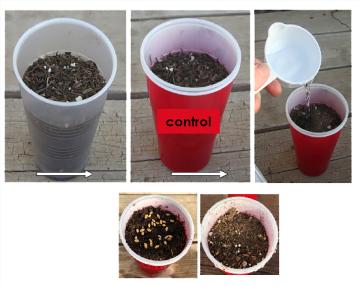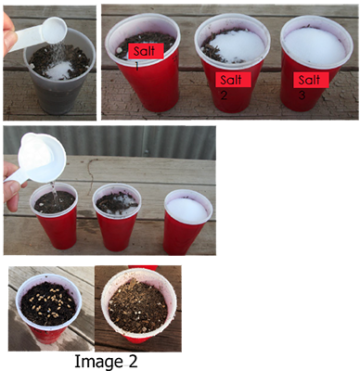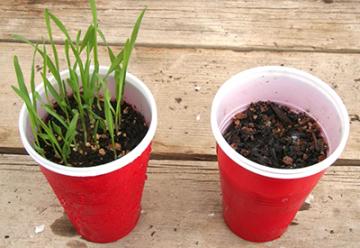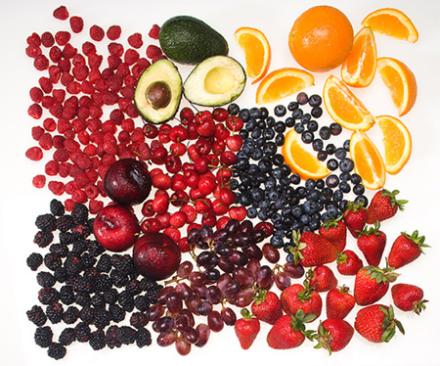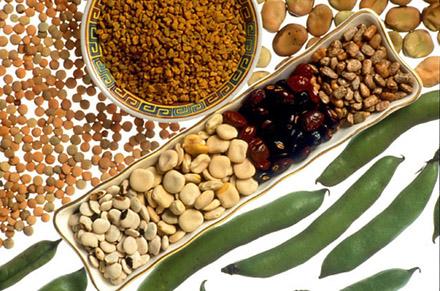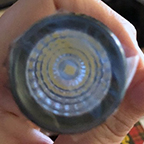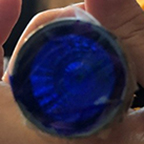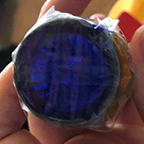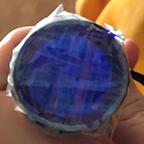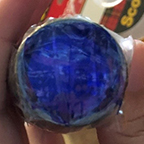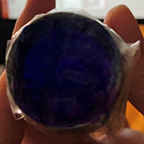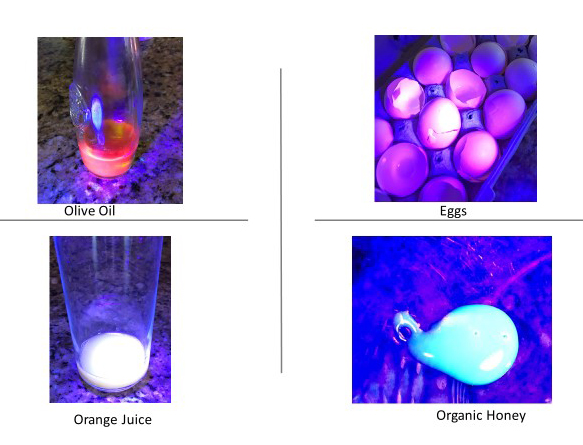Which has more cholesterol, donuts or bagels? (Patrice)
Eating less dietary cholesterol can be part of a heart-healthy diet. Cholesterol is found in foods from animal sources, like meat and cheese, and it is also naturally made by the body. When we’re dealing with cholesterol from food sources, that is referred to as “dietary cholesterol.” There are many different recipes that can be used to make foods like donuts and bagels. Whether or not the food contains dietary cholesterol depends on if and what amounts of animal products (such as egg yolks, milk, or butter) are used in the recipe.
I don’t eat meat. How can I get enough protein? (Patrice)
There are many sources of protein other than meat that you can incorporate into your diet. If you eat seafood, fish and shellfish are options. Dairy and eggs may also be options. For people who are vegan, you can choose pulses, which include beans, dry peas, and lentils. You can also get protein from tofu, tempeh, seitan, and soy. Your individual protein needs will vary based on your age, activity level, and if you have a pre-existing health condition. You can also use calculators online to determine how much protein you should eat each daily.
Does my child have to drink milk to get calcium? (Colleen)
If your child does not drink milk, do not worry. Milk is not the only food or beverage that provides calcium. Many alternative beverages such as those containing soy, almond, oat and cashew are fortified with calcium, or have calcium added. You can also find calcium in foods like yogurt, sardines, fortified tofu, fortified breakfast cereals, kale, and broccoli.
What type of activities do you recommend for kids? My kids have been spending lots of time at home, and I am looking for things to keep them busy. (Colleen)
Definitely! Let’s first talk about how there are both fitness activities, such as yoga and dance videos, in addition to craft activities such as making holiday-themed decorations and preparing recipes based on storybook tales. There are also apps and websites that support education while keeping your child busy and engaged both on our websites and elsewhere.
Nutrition.gov’s Kids’ Corner page is the place to go for games, videos, word searches, crossword puzzles, coloring sheets, and other activities that your kids can do at home. Some activities can be done online. Other activities, like the worksheets, are printable. Whatever method is right for your family, know that your child will learn valuable lessons in making healthy food choices and keeping food safe to eat. We also have physical activity resources for kids, including videos for yoga, dance, and other activities that get kids moving. Find them on our Exercise Examples and Videos page. To any teachers who may be listening, these resources also make great additions to classroom lessons.
My son is a really picky eater. How can I get him to eat healthy and try more foods? (Patrice)
Every child has different preferences when it comes to food, and it can take time to get used to new flavors. One way to encourage your child to try new foods is through mealtime activities. For example, you could have them choose a new fruit to try at the store or stir together ingredients for homemade whole grain bread. You could also hide vegetables in meals that they like, such as mixing pumpkin in your mac and cheese or hiding spinach in your afternoon smoothie. If you have concerns about your child’s nutrition, it may also be helpful to talk to your pediatrician. Your pediatrician will be able to determine whether your son is getting the nutrients that they need and offer personalized suggestions for your child. They can also provide much needed reassurance to parents!
I want my family to eat better. How do I make the foods we like and still eat healthy? (Patrice)
Great question. We know food is an important part of culture and traditions, plus it is nice to be able to enjoy a meal and conversation as a family! There are many resources available that can show you how to cook your favorite ingredients in healthier ways, such as adding herbs to a recipe instead of salt. Or, when baking, substituting applesauce in place of oil. Baking or roasting versus frying may also be another method you might incorporate for your meals.
Our Meal Prep and Cooking Tips page on Nutrition.gov offers resources on how to cook your favorite ingredients in healthier ways. We would also encourage you to check out our recipes for a variety of family-friendly meals and snacks, including fried rice, enchiladas, pancakes, popsicles, healthy cookies, and so much more!
Do you have healthy eating resources and recipes for traditional foods that my family likes? (Colleen)
Traditional foods, flavors, and cuisines offer a variety of healthy choices. We currently have recipes for pupusas, enchiladas, yucca, fried rice, stir fries, and more. There are also more examples of traditional recipes for Latino, Asian, African American, and American Indian cuisines. We are working to add even more recipes, so we welcome you to submit suggestions on our Contact Us page! There may be some listeners who are looking for Spanish language nutrition resources. You click the “Español” toggle at the top right corner of all pages to view available healthy eating materials in Spanish.
The listeners who asked this question did not share details about their traditions and culture, so that makes it tough to provide specific recommendations. To receive nutrition tips that consider your cultural and personal preferences, we suggest working with a registered dietitian.
What are some tasty, and healthy ingredients to put in a morning energy shake?
You can add many vegetables and fruits in your smoothie, including spinach, kale, apples, and bananas. If you have any health conditions, it is important to consult your doctor or a registered dietitian to help customize a smoothly that is suitable for you.
I often hear that carbohydrates are bad for your diet. Is that true?
Thank you for your question. The body and brain need carbohydrates to function properly. There are many sources of carbohydrates, like fruits, vegetables, beans, dairy and whole grains, that provide important nutrients like vitamins, minerals, and fiber.
Additional Resources




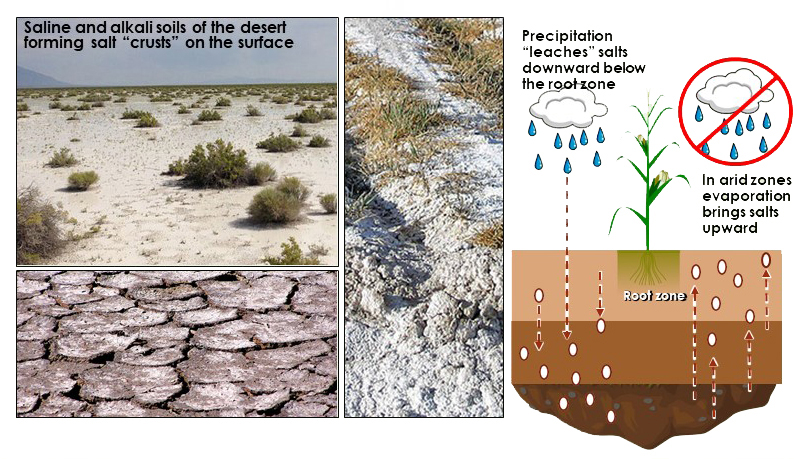

 About the Experiment
About the Experiment


 What You'll Need
What You'll Need
 Let's Do This!
Let's Do This!
